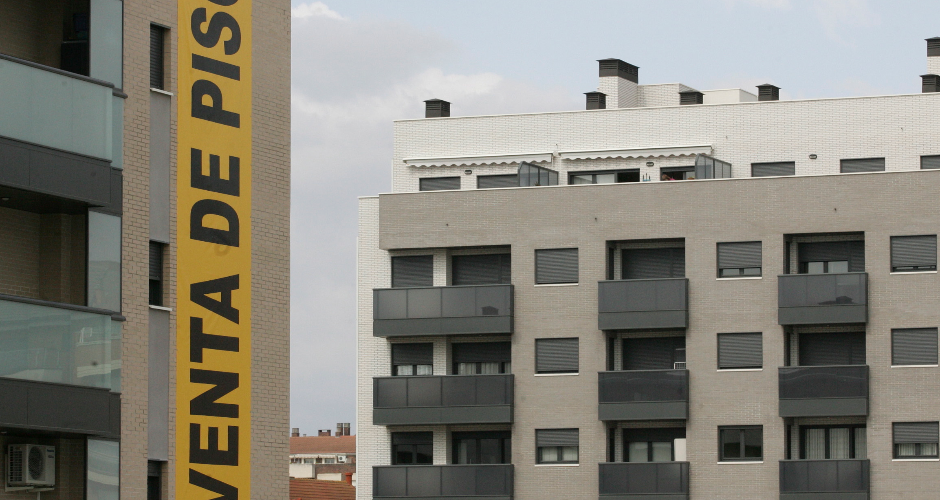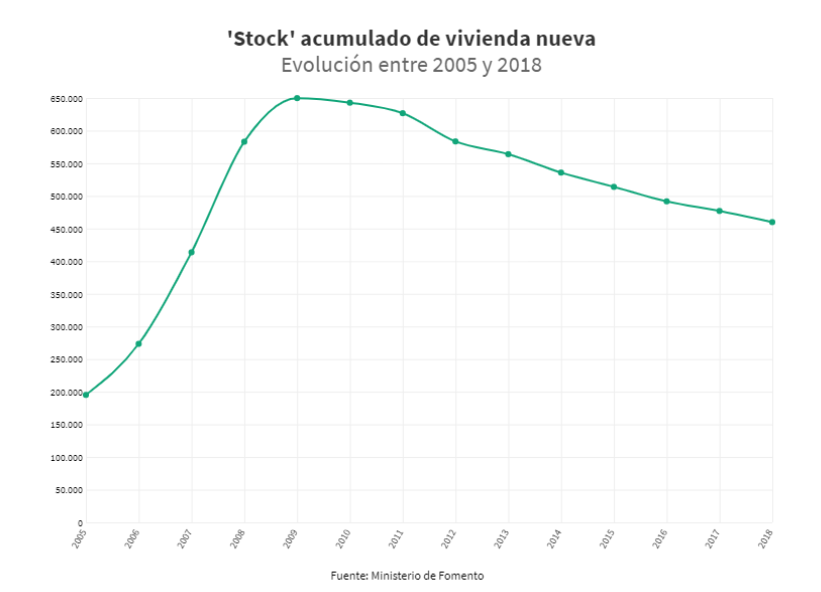The supply of new housing has lowered it surplus bringing it close to figures from 2007

The supply of new properties, houses and apartments which have never sold or experienced any kind of transfer, decreased in 2018 by 3.6% with regards to last year. According to figures from the study by the Ministry of Development on the supply of new housing, numbers like these have not been seen in Spain since before the crisis, in 2007. This new data makes eight consecutive years of reduction for the new housing supply in Spain.
According to statistical data from the Ministry of Development on new housing supply during 2018, it has observed that, in all the autonomous community, said supply has declined. Only three communities have not decreased: the Canary Islands, Ceuta and Melilla. On the other hand, the Basque Country and the Balearic Islands are the autonomous communities with the largest decline.
49.7% of the total national supply in 2018 of the distribution of housing supply by autonomous communities is concentrated in Valencia, Catalonia and Andalusia. On the contrary, the lowest is in Navarra, Cantabria, Extremadura, Ceuta and Melilla.
As a general rule, the autonomous communities with the highest supply are concentrated along the Mediterranean coast together with those of Madrid and Toledo.
However, even with all this data, the ratio of total housing to the supply of new housing does not go beyond 2% (1.79%), data that Development considers balanced. The autonomous communities with more than 3% are La Rioja and Castille-La Mancha. Navarra, Cantabria, Extremadura and the Basque Country do not exceed 1%.
Accordingly, the total housing in Spain grew 0.3%, a tendency that continues to grow, placing the total number of properties at more than 25 million.

